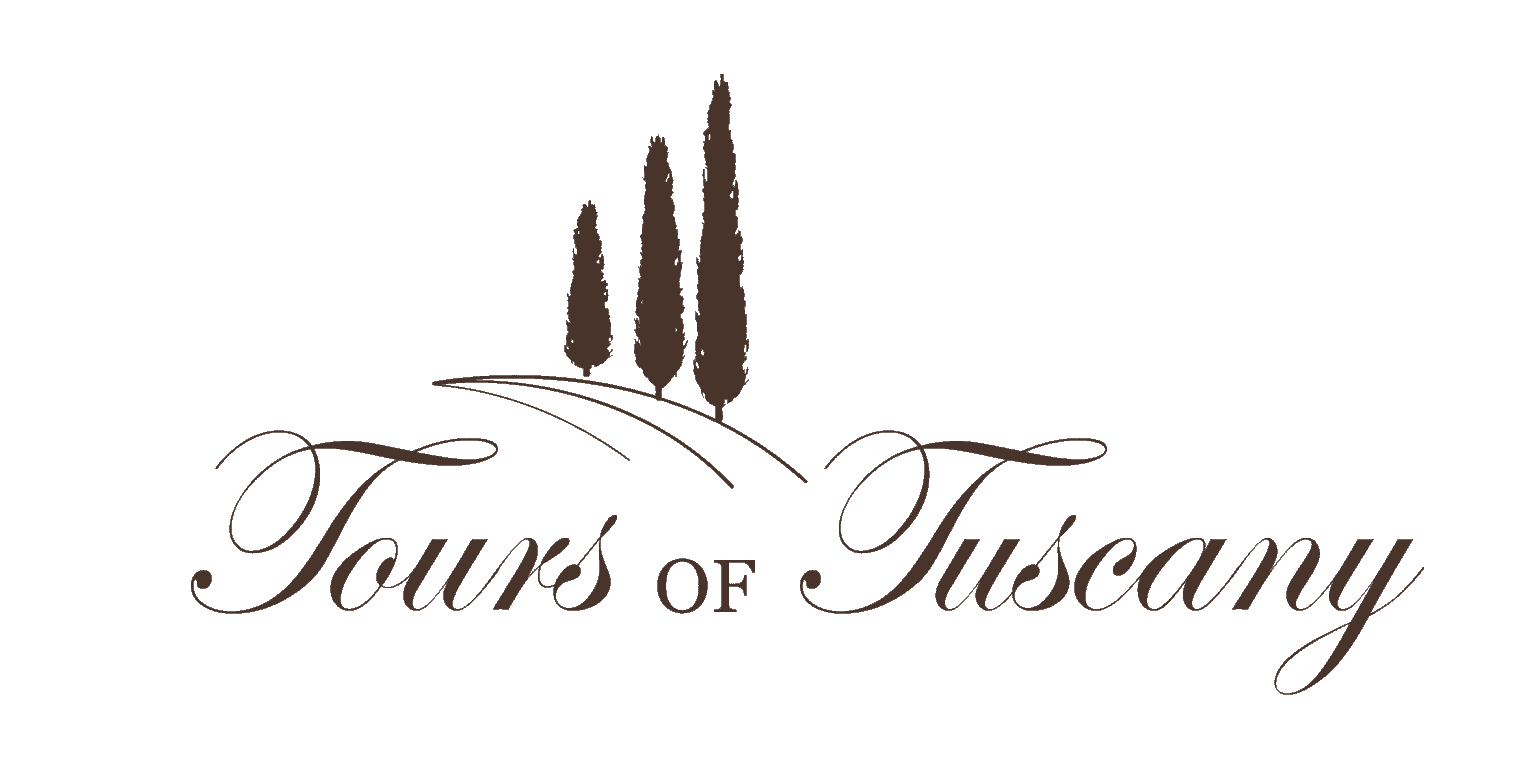Tuscany, a region that is often the first to come to mind when you think of touring Italy, is known for its rolling hills, historic cities, and most importantly, its bountiful harvest. This picturesque region is a haven for food and wine lovers, with its rich agricultural heritage playing a significant role in its culture and cuisine.
Truffles: Tuscany’s Hidden Gem
Imagine walking through the lush woods of Tuscany, following an experienced truffle hunter and his trusty dog as they uncover one of Tuscany’s most prized treasures hidden beneath the earth – the elusive truffle. These culinary gems, known for their distinct flavor and aroma, are a highlight of any taste of Tuscany tour.
Truffle hunting is an age-old tradition in Tuscany, passed down through generations. The region is home to several truffle varieties, each with its unique flavor profile. The White Truffle, also known as ‘Tuber Magnatum Pico,’ is one of the most sought-after, with its delicate yet complex flavor that enhances any dish.
Tuscany also hosts several truffle festivals throughout the year, celebrating this culinary gem with truffle markets, tasting sessions, and even truffle hunting tours. These events provide an excellent opportunity for visitors to immerse themselves in the local culture and learn about truffle varieties, harvesting, and cooking techniques.
Olives: The Liquid Gold of Tuscany
No tour of Tuscany would be complete without exploring its olive groves, which dot the Tuscan landscape as far as the eye can see. Olives, and more specifically, olive oil, hold a place of high regard in Tuscan cuisine, often referred to as ‘liquid gold.’
The process of olive harvesting, which usually takes place between October and December, is a labor-intensive process that has remained largely unchanged for centuries. The olives are hand-picked, then pressed to extract the oil, a process that visitors can witness firsthand at one of the many oil mills in the region.
Tuscan olive oil is known for its high quality and distinct flavor profile, characterized by its vibrant green color, fruity aroma, and slightly peppery taste. A guided tasting at an oil mill or during a taste of Tuscany tour is a must for any food lover.
Vineyards: A Toast to Tuscany’s Wine Tradition
Tuscany’s reputation as a wine lover’s paradise is well-deserved, with the region boasting some of the most renowned wine regions in the world, including Chianti, Montalcino, and San Gimignano. A Tuscany wine tour, whether self-guided or part of a small group tour, is an excellent way to discover Tuscany’s wine tradition.
Each of these regions produces its unique wines, thanks to the diverse soil and climate conditions. Chianti, for example, is known for its robust red wines made primarily from the Sangiovese grape, while San Gimignano is famous for the Vernaccia grape, which produces a crisp, dry white wine.
A visit to a Tuscan vineyard offers more than just wine tasting. It’s an opportunity to understand the wine-making process, from the harvesting of the grapes to the fermentation and aging process. Some vineyards even offer visitors the chance to participate in the harvest, providing a truly immersive experience.
Beyond Truffles and Olives: Other Agrarian Treasures of Tuscany
While truffles, olives, and wine may be the stars of the show, Tuscany’s agricultural bounty extends far beyond these. The region’s fertile soil and favorable climate also support the production of honey, saffron, and cheese, each of which adds to the rich tapestry of Tuscan gastronomy.
Honey, for example, is produced in apiaries across Tuscany, with different flowers contributing to the honey’s color, texture, and flavor. Saffron, on the other hand, is a labor-intensive crop, with each saffron flower yielding just three saffron threads. Despite this, Tuscany is one of Italy’s leading saffron producers, with the spice often used in traditional dishes like risotto.
Cheese is another product that makes a significant contribution to Tuscan cuisine. The region is particularly known for Pecorino Toscano, a sheep’s milk cheese that ranges from soft and creamy to hard and crumbly, depending on its age.
Agritourism in Tuscany: A Journey from Field to Fork
Agritourism, a trend that combines agriculture and tourism, has seen significant growth in Tuscany in recent years. It provides visitors with a unique opportunity to experience life on a working farm, with many offering accommodation, cooking classes, and the chance to participate in the harvest.
Agritourism not only provides visitors with an authentic taste of Tuscany but also supports local farmers and promotes sustainable farming practices. It’s a win-win situation, with visitors gaining a deeper appreciation for the land and its produce, and farmers earning additional income to support their farming operations.
Tuscany’s bountiful harvest goes far beyond its famous truffles, olives, and wine. It’s a testament to the region’s rich agricultural heritage and the love and care that goes into cultivating these products. So whether you’re embarking on a day trip of Tuscany with Sienna tour & wine tasting, a Tuscany bike tour, or a Tuscany Vespa tour, be sure to take the time to appreciate the region’s agrarian treasures. After all, they are what makes Tuscany truly special.





